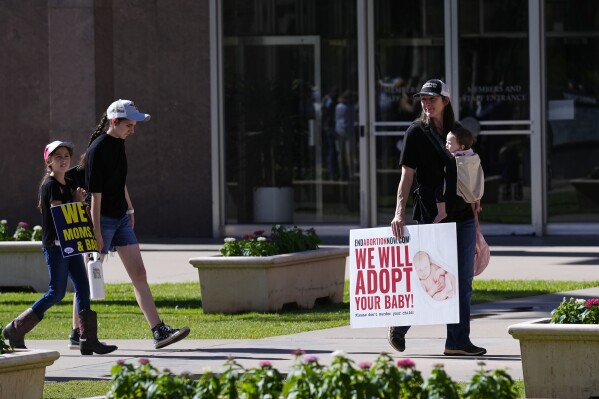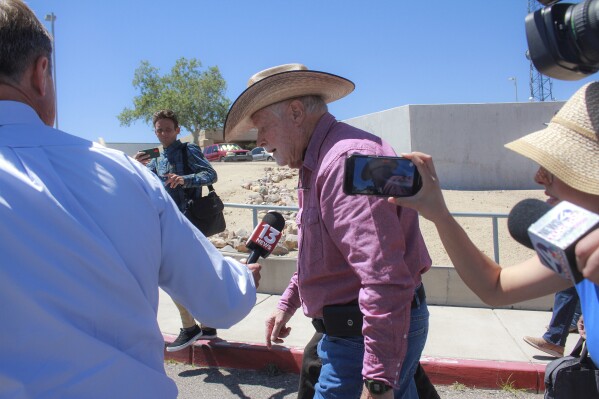Bounce house swept up by wind kills one child and injures another
One child was killed and another injured when a bounce house was swept up by wind in Casa Grande, Arizona, in what local authorities called “a tragic accident.”
Saturday’s fatality occurred after a strong gust sent the inflatable toy house “airborne into the neighboring lot” with several children playing inside, according to a statement from the Pinal County Sheriff’s Office.
A two-year-old was later pronounced dead at a local hospital. The second child was treated for non-life-threatening injuries. Authorities didn’t publicly identify the victims.
Experts say unsafe wind conditions can trigger such accidents frequently, especially in the southwestern U.S. However, the sheriff’s office said it was not aware of any similar events in Pinal County.
Few states in the U.S. have explicit guidelines or regulations for setting up bounce houses, despite the weather-related risks.
One study of wind-related bounce house accidents found that most happened due to a few meteorological causes. Dust devils and distant thunderstorms are two common precursors.
Dust devils stem from a difference in heating that causes an updraft in one area and a downdraft in another, said Jeff Masters, founder of Weather Underground and now with Yale Climate Connections.



“All you would need is a little bit of a wind gust from the side to cause that to spin, and it creates a vortex,” he said.
The result can be winds of 50 to 60 miles per hour.
Cold fronts, or conditions after one, can cause falling temperatures, atmospheric pressure changes and gusty winds.
“All it takes is a minute of wind to loft one of those things,” Masters said of bounce houses. “And if you have your bounce house up, then you’re at risk.” ___
Alexa St. John is an Associated Press climate solutions reporter. Follow her on X, formerly Twitter, @alexa_stjohn. Reach her at [email protected].
Disclaimer: The copyright of this article belongs to the original author. Reposting this article is solely for the purpose of information dissemination and does not constitute any investment advice. If there is any infringement, please contact us immediately. We will make corrections or deletions as necessary. Thank you.






